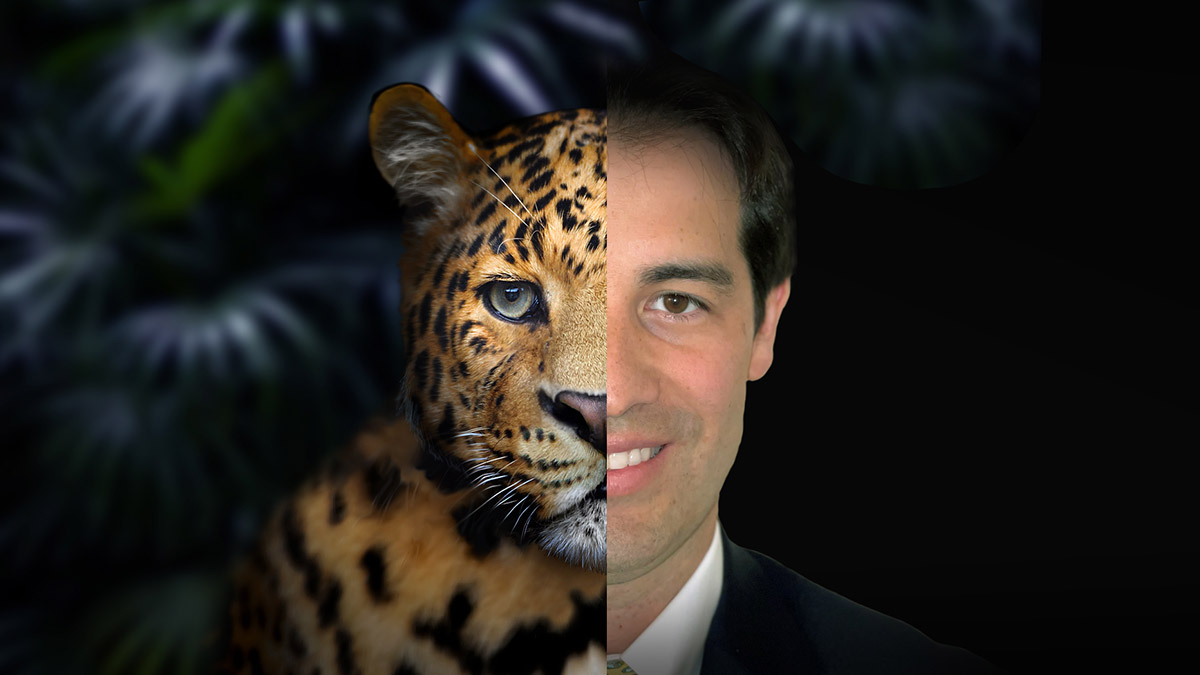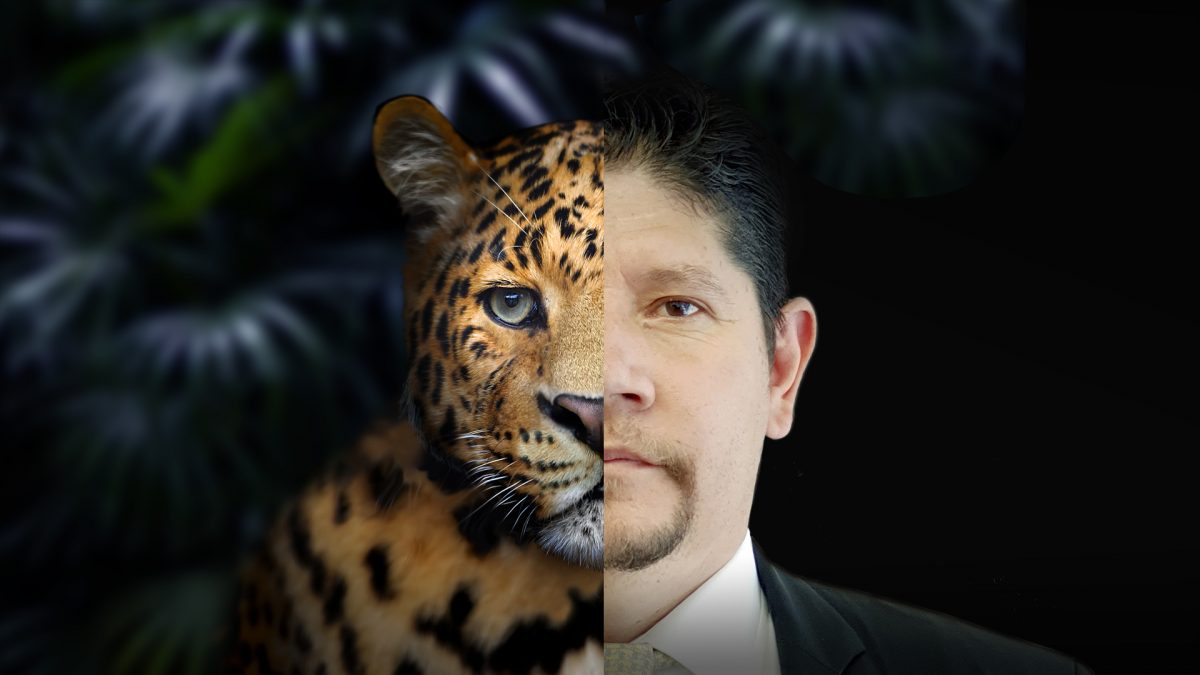Q: What are the latest updates on Jaguar’s operations in Mexico?
A: Last year started with a plan to pick up a rig in March and then a second and a third rig over the course of the year. These plans had to be changed due to COVID-19 and the need to modify operational processes safely. We picked up the first rig in March, just before the shift to remote work began, and kept the rig drilling throughout the year. We did not end up picking up the second rig until November. We were able to complete six wells by the end of the year. Our plans have effectively been delayed by a couple of months. Our original plans remain in place and in 2021 our drilling campaign will ramp up.
The results from 2020 were successful. The most important achievement for Jaguar was a complete year LTI-free. We had not drilled with these rigs before and we incorporated all the different and new service providers into our ranks, which was a great feat. We were also able to improve drilling times throughout the year and have seen some promising initial results. Only one is producing and tied in but we are testing others. We have focused more on maximizing production in existing fields. During 2020, we reactivated a number of wells. This allowed us to more than double our production. Given that these fields had legacy infrastructure, we are pleased with the result.
Aside from this, we have worked hard to consolidate our position with the communities in our project areas, as well as accelerating the work we are doing on the environmental side.
2021 is a key year for Jaguar to deliver exploration results. We have also prepared a development program that we are in the process of permitting with the government that mostly encompasses our acreage in the Burgos Basin. The goal is to raise production via development wells and additional facilities.
Q: How did Jaguar make use of delays?
A: Flooding in Tabasco made it difficult for us to start drilling. All of our drilling locations were under water for a couple of months. The drilling locations are exact and involve discussions with the landowner, so we cannot just move the drilling locations without serious prior considerations.
However, these extra months have allowed us to do a lot more engineering work and better define our well designs. When we began our planning last year, we did not have the final well designs for some prospects and this led us to be more conservative with design assumptions, as well as ensure that the rig we were going to contract would be big enough for any wells we might want to drill. But we have refined the plans. While we originally had designs for 1,500HP to 2,000HP rigs, we now have enough wells for an additional 1,000HP rig, which helps to take the workload off the larger rigs and brings costs down. It also reduces the environmental impact. As a result, we put out a tender for a 1,000HP rig, which we are still negotiating. The plans are now fit for purpose and no longer overly conservative.
Q: How does Jaguar foster relationships with drillers to achieve drilling time gains?
A: We chose to approach the relationship with our drillers in the opposite way that most drillers in Mexico have done with PEMEX, which is borderline hostile. This is understandable considering the payment delays and the bureaucracy involved when dealing with such a large company.
The first thing we did when we decided on the companies we wanted to work with, was to invite them to a social event. They arrived, not knowing it was really set up to be a party. We told them about how we liked to do business – transparently, openly, and collaboratively – while doing it right. We believe that competitive tension is valuable; nevertheless, we also want our drillers to work properly and safely, and that can take time. Reducing drilling times is the step that comes afterward. Starting up the rig and beginning the customer-supplier relationship is the period of principal risk. Jaguar is working with Parker Drilling, which has been in Mexico for a long time. But the rig that came in was new to the Mexican crews, so we went slow to ensure that safety was prioritized. We then improved our work with every well. We are now achieving extremely competitive drilling times.
Honesty and openness are essential for Jaguar. We do not like companies hiding accidents or mistakes. As long as they are honest, we will be supportive. Sadly, dishonesty has been fostered in Mexico due, in part, to PEMEX’s rules. Companies admitting to errors can be in for very large commercial consequences, and as such, are loathe to admit anything. As a smaller operator, we can be different.
While there have been small adjustments, we have been very pleased with the creativity that our service providers have employed. We have the confidence to say that we are in a learning curve with the suppliers. For drillers, when the wells are cost-effective, there will be more wells to drill, benefiting the drilling. Under PEMEX contracts, this possibility does not exist because extra wells require additional bidding processes.
Q: What will be the company’s next steps with its onshore blocks?
A: We have just finished the drilling on Pikit and the VC02 block in Veracruz and are in the process of completing and testing the well. We have three operating areas that are divided by scope. The northern part of the Burgos Basin, which includes Blocks 4, 5, and 7, is well characterized and includes infrastructure. Here, we are doing evaluations and extensions ahead of small incremental investment.
Blocks 8 and 9 in southern Tamaulipas are considered high-impact exploration, including new geological play concepts. These blocks are higher risk and higher reward, with potential of reservoirs of 1TCF of gas. We are evaluating results from one well we drilled on these areas last year.
In Veracruz on Blocks VC02, VC02 and TM01, we are looking for new play concepts and proven hydrocarbon systems. There are both shallow and very deep prospects. The challenge is assuring that we have evaluated enough of the shallow prospects to justifying taking the depth risk.
In Tabasco, we have two blocks in the Sureste Basin with well-known play types. Because of the complexity of accessing these two blocks, PEMEX did not look at them. Nevertheless, Jaguar believes the potential is there.
We want to get one well drilled on every block. This is a priority and will help us workout any pending technical issues in the plan.
Q: How do you view the future of gas prices considering the collapse of oil prices in 2020?
A: The macro situation makes it clear that a bridge is needed between today and where we need to be tomorrow in regard to clean energy. Increasingly, it looks like this bridge is natural gas. It can help reduce emissions while renewable tech improves. However, much of our world depends on petrochemicals, from fertilizer to plastic. Natural gas is also a great feedstock for these areas and will be required much longer than conventional power generation.
In Mexico, natural gas is crucial for two reasons. One is the burning of high sulfur bunker fuel to generate power. Sulfur emissions are more damaging than carbon dioxide emissions and natural gas is key to reducing this.
Mexico spends about US$5 billion a year on imported natural gas. This means that US$0.93 of every US$1 leaves Mexico. If that gas was produced, purchased and consumed in Mexico, the country would retain that US$5 billion. This means operators in Mexico must be cost-efficient and cost-competitive against US producers. However, the lack of activity in the Permian Basin in 2020 removed the inexpensive associated gas that was driving the Henry Hub price down. Gas prices are rising to a fair market value again. Over the next year or so, I expect gas prices to be in the high US$2 per MMBTU to the low US$3 per MMBTU.
US President Joe Biden may push forward with emission reductions in the US and that would lead to higher power production via gas. Demand might, therefore, rise faster than expected. While we are seeing more signals for growing demand in gas, we are also seeing the beginning of a fall in oil demand. If the demand for oil is not there, more conventional associated gas will come off the market globally, which will be beneficial for the gas price.
Q: How does Jaguar approach safety concerns in the areas it operates?
A: The industry has worked hard in Mexico to create areas and times of the day in which oil and gas companies can operate safely. Operators do not send workers to offshore platforms at night and this is the same for us, but on land. We do not take unnecessary risks. The rules of engagement between groups have been established and as long as we respect those rules, our exposure is low.
In Tamaulipas, the authorities have been very cooperative in understanding the importance of oil and gas activities due to the positive social impact and employment opportunities they generate. As a result, it is perceived to be bad business to interfere with responsible oil and gas activities.
Jaguar does not accept any deviation of established rules regarding security measures. Any breach of rules can put people’s health and that of the operation in danger. We will not tolerate working out of hours or taking routes to locations that have not been authorized. Contracts are terminated for these reasons, regardless of the company.
Nevertheless, the key point is social engagement. If local communities are happy with our presence then problems and delays to operation tend to fall away. We see this in many zones. It is about behaving responsibly and respectfully toward local communities. The community itself protects a company in a variety of ways.
Jaguar E&P is a Mexican oil and gas exploration and production company. It competed in Round 1 and won 11 onshore blocks in Rounds 2.2 and 2.3, becoming the company with the largest number of onshore contracts in Mexico.












